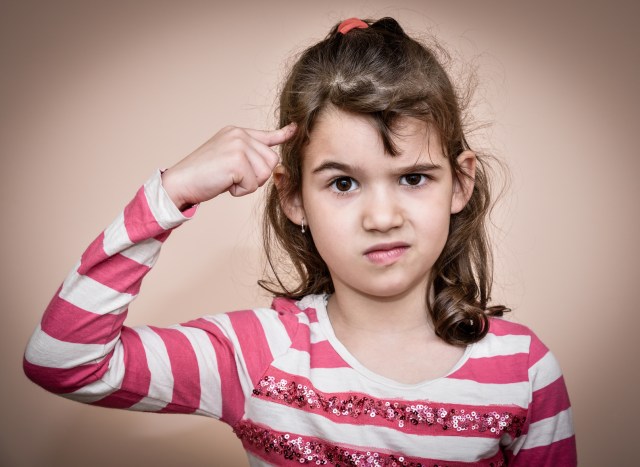
The stigma and the misinformation surrounding mental illness are staggering.
How many adults believe that depression is “just being sad”? That the weather can be “bipolar”? That you can call yourself OCD because you’re a little too organized? That suicide threats are never acted on? That mentally ill people are dangerous? That prayer, or sunshine, or positive thinking will cure all mental disorders?
We can’t do much about educating and informing the adult population that all those beliefs are false. But we can avoid raising another generation that buys into these misconceptions – if we start now with mental health education in schools.
Whenever someone proposes this idea, there are common objections. You want kindergartners to learn about schizophrenia. You’ll have impressionable kids thinking they have every disorder you teach about. Discussing suicide will give teens ideas.
Again, those are misconceptions. Mental health education in schools could look like this:
In kindergarten and grades 1-2, part of the health curriculum should be a unit about understanding emotions and how to deal with them. This is already being done when teachers tell kids to “use your words” or “use your indoor voice.” But more could be done in the area of teaching children how they can keep from letting anger, sadness, frustration, and other emotions cause them difficulties. Yes, this may involve techniques that resemble meditation and yes, these may be controversial, but the outcomes will be beneficial.
I also think that young children ought to be taught about autism. They will certainly meet autistic children in their classes at this age. Helping them understand the condition at their age level will, one can hope, lead to more inclusion and less bullying of kids who are “different.”
Older children can learn about mental illness in their science or health classes. This should be a unit that covers the basic facts: that mental illness is like physical illness in some ways, that treatment is available, that mental or emotional disorders will affect one in four Americans in their lifetimes, and that mentally ill persons are not generally dangerous.
Middle schoolers can be taught some more specifics: the names and symptoms of some of the most common disorders, the kinds of treatments available, famous people who have succeeded in spite of mental disorders and ordinary people who live fulfilling lives despite them. Speakers from local mental health centers or the school guidance counselor would be helpful.
The topics of self-harm and suicide should be brought up at the middle school level. It is sad but true that children in the middle school age range are affected by both – if not directly, by knowing a classmate who is. And suicide is the third leading cause of death for children ages 10-14. Learning the facts may help students who need it find help before it is too late.
In high school, the focus can shift to human psychology; more detail about serious psychological conditions; and the possibility of careers in mental health treatment, nursing, or advocacy. Topics of self-harm and suicide should be covered in greater detail, with discussions of how suicide affects the families and loved ones of those who die by suicide, how to recognize possible signs that a person is thinking about suicide or self-harm, and what does and doesn’t work when a person shows those signs.
The details of mental health education in schools still need to be worked out. These suggestions come from my experience as a person with bipolar disorder, who began showing symptoms while I was a child. Organizations such as NAMI (National Alliance on Mental Illness) and NIMH (National Institute of Mental Health) provide resources that can help in understanding the need for mental health education among school-aged children.
Understanding mental health is as important for schoolchildren as understanding physical health. Why should one get all the attention and the other virtually none? Mental health education that begins early can help children and their families in ways that will resonate far into the future.
Most adults have little to no understanding of the realities of mental illness. It doesn’t have to be the same for the next generation.
